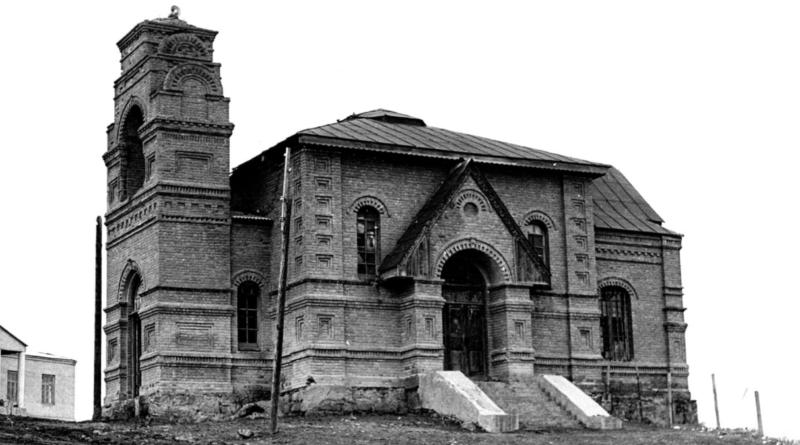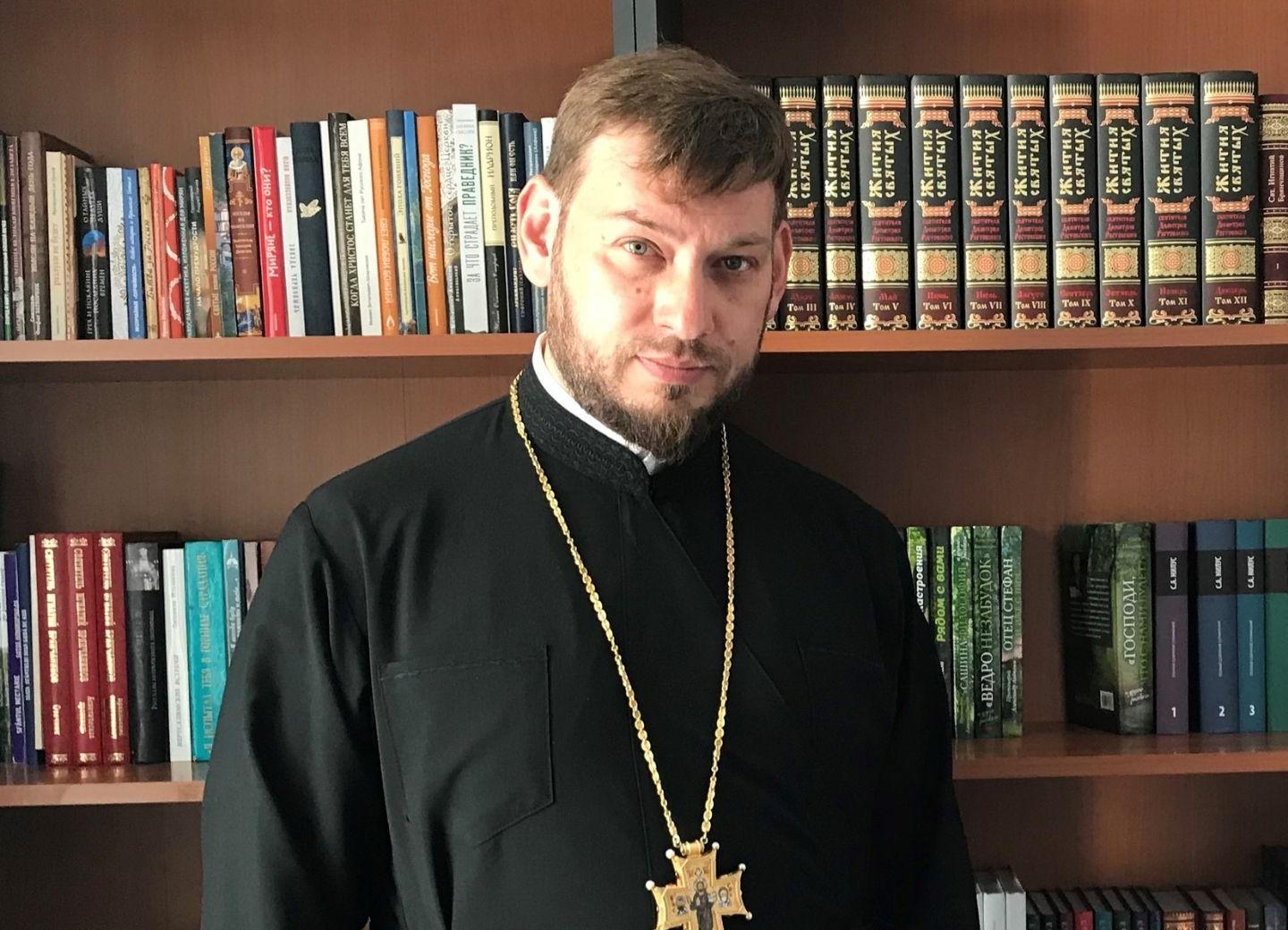Archimandrite Alexiy exposes Armenian fake about Azerbaijan ... as well as Kortoshyan
"...And disrupted the inauguration of the Wedding Palace. Then, at the ruins of the chapel...
- I'm sorry, did I ruin the chapel too?
- No, that was before you, in the 14th century."
The fake "concern" of Armenian propaganda about the state of Christian heritage in the territory of Azerbaijan made us remember this catchphrase from Leonid Gaidai's comedy "The Caucasian Prisoner, or the New Adventures of Shurik," which has long become a legend. To put it bluntly and essentially, it is the Armenian side's relentless desire to smear Azerbaijan, to portray it like a barbarian, destroying Russian churches with zeal and a kind of animal ferocity. This is exactly what Armenian agitation and propaganda tried to do today, publishing an article entitled "Azerbaijan destroys not only Armenian but also Russian churches".

According to Deputy Director of the Foundation for the Study of Armenian Architecture Raffi Kortoshyan, this refers to a Russian church "built in 1905 in the village of Martuni (formerly Golitsyno, now Gyunashli) in Shamkhor (now Shamkir) region." Kortoshyan claims that the church was in good condition in 1982 and the village was allegedly populated by Armenians. According to him, in 2008 the church was already without a slab.
"The contours of the church's foundation were clearly visible in a 2011 Google Earth image. In the 2017 Google Earth images, the church no longer exists! Consequently, complete and thorough destruction took place in 2011-2016 - undoubtedly due to the "caring" attitude of the Azerbaijani authorities," Kortoshyan is indignant.
Praiseworthy, of course, is the "care" of the Armenian propaganda machine about the Russian Orthodox Church. However, if, as the saying goes, to look at the root, the fact of deliberate destruction of the Russian church by Azerbaijanis, if it took place in reality, should certainly not bother the Armenians, who have skeletons in their own closets and who firmly hold the palm of primacy in the destruction of holy places, but representatives of the Russian Orthodox Church, and first of all - the Baku and Azerbaijan Eparchy of the Russian Orthodox Church, as well as the Russian community.
However, the Eparchy does not see any problem with the issue raised by the Armenian side. Over time, any building, including the church, tends to deteriorate, the secretary of the Baku Eparchy Administration Archimandrite Alexiy (Nikonorov) told Caliber.Az.

"The village of Gyunashli in the Shamkir region of Azerbaijan was founded in 1847 by Russian settlers, and at first it was called Novo-Troitsky. Later the settlement was renamed Golitsyno in honor of Prince Grigory Golitsyn, and the church built in the village in 1905 was dedicated to St. Grigory, the namesake patron of the prince. By the time Azerbaijan became part of the Soviet state, the Orthodox population had left the village. The temple, which remained ownerless, was gradually deteriorating and being destroyed. In the postwar years, the church building was used as an agricultural warehouse, and the roof was covered, but closer to the 90s, it leaked, and then collapsed, leading to partial destruction of the walls.
In principle, hundreds, if not thousands of churches suffered the same fate throughout the former Soviet Union. It is enough to drive through the Tver region near Moscow to see Orthodox churches destroyed by the time every few kilometers.
The church in Gyunashli village is one of many abandoned and destroyed monuments that remind us of the difficult historical twists and turns our countries and nations went through in the 20th century," Father Alexiy said.
As we can see, the Foundation for the Study of Armenian Architecture not only deliberately distorted the history of the settlement of the village of Gyunashli and the name of the village, but also misrepresented itself and tried to accuse Azerbaijan of deliberate destruction of the church. However, fakes by Armenians have long been commonplace. Fortunately, they have a sick imagination.








